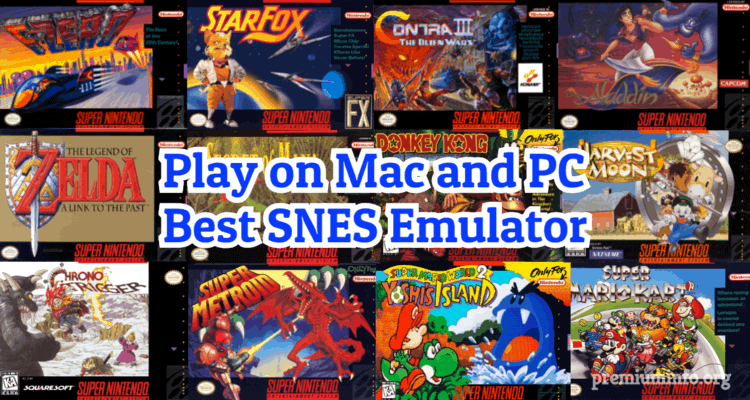

For half a decade, Mupen64Plus and Project64 have vied for the most playable emulator. ↑ Obsolete and replaced by Mupen64Plus-NextĪlthough many Nintendo 64 emulators have been made and many games can be run between them, until recently, complete compatibility/accuracy left a bit to be desired.It has poor ROM support outside of these games. ↑ Recommended to use 1964 GEPD for Goldeneye 007 or Perfect Dark this emulator is primarily made for GoldenEye/Perfect Dark and their ROM hacks.↑ 7.0 7.1 Use these builds for 64DD emulation.↑ Stick to RMG or Mupen64Plus-Next until dev finishes working out the timings.↑ 4.0 4.1 Only supports texture packs and not filtering or upscaling.↑ 3.0 3.1 Available exclusively as a libretro core.↑ 2.0 2.1 2.2 2.3 Requires replacing the input plugin with one with netplay support or use Project64 Netplay fork.

The development workstations were often Unix-based, which would later help reverse-engineers in some projects.

A separate add-on was later released called the "Expansion Pak" that added an additional 4 MBs of RAM, totaling to 8 MBs. With the NEC VR4300 CPU clocked at 93.75 MHz, 4 MBs of RAM, and an SGI RCP GPU, Nintendo had finalized much of the hardware at least a year before launch, preventing video games from needing drastic rewrites as a result of architectural changes. They originally pitched their idea to Sega, but it's assumed that Nintendo's offer was more appealing. (SGI), which wanted to roll out its previously enterprise-only technology in the consumer space. Nintendo was the second company approached by Silicon Graphics Inc. The Nintendo 64 is a 64-bit fifth-generation console released by Nintendo on September 29, 1996, for $199.99. For other emulators that run on N64 hardware, see Emulators on N64.


 0 kommentar(er)
0 kommentar(er)
